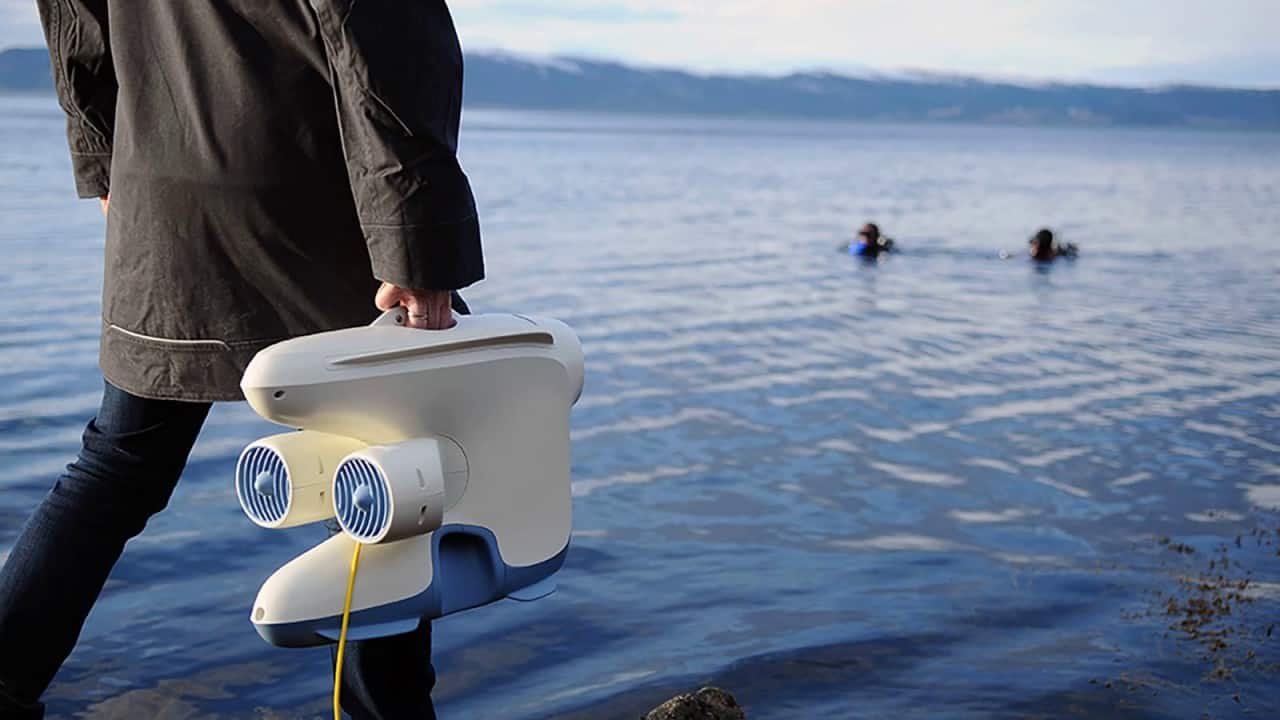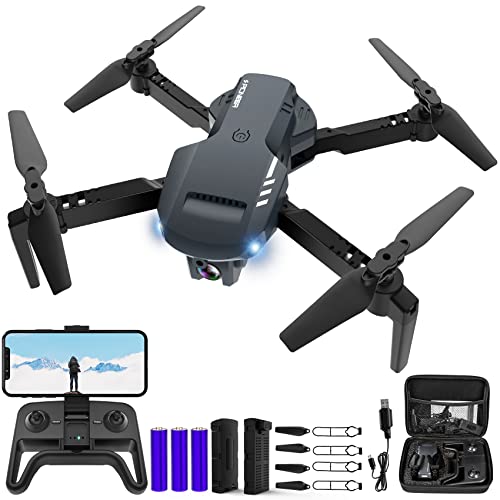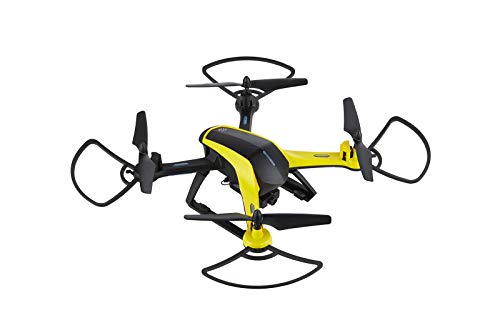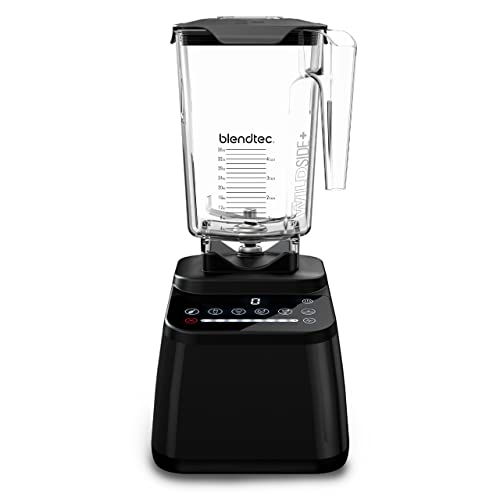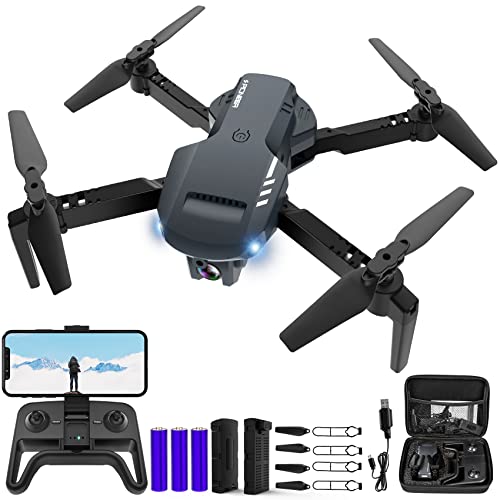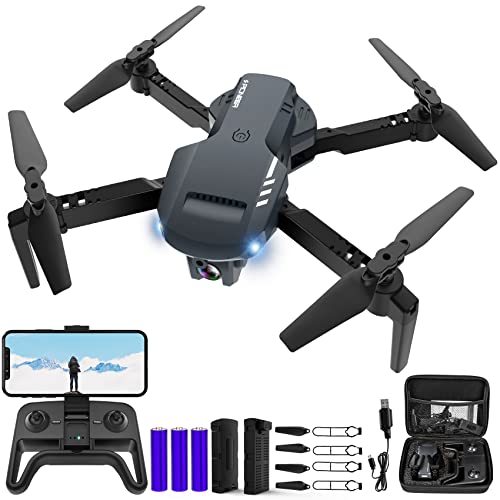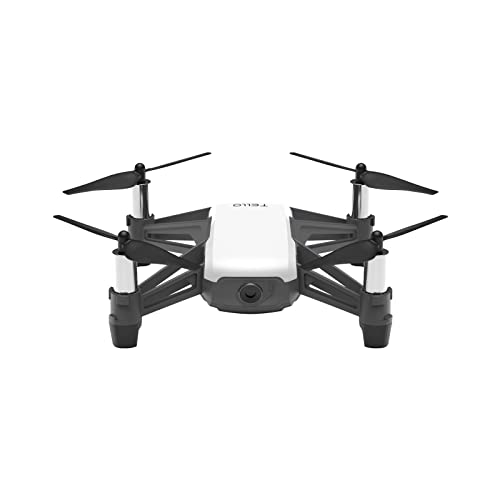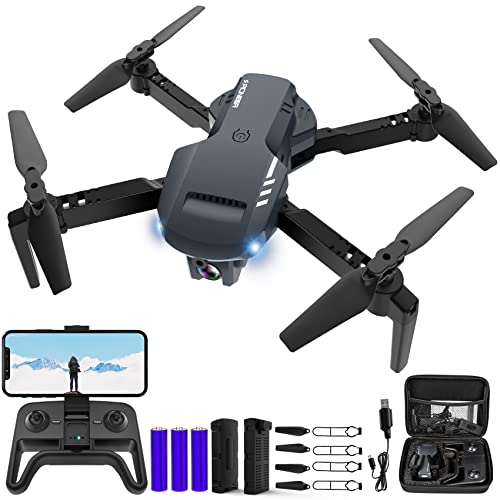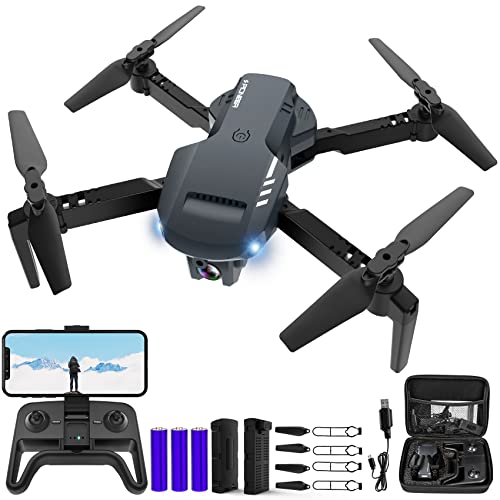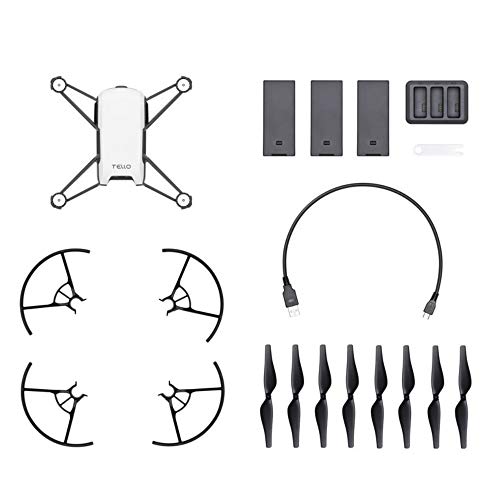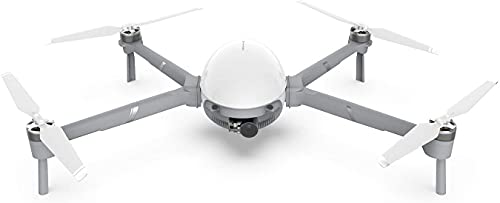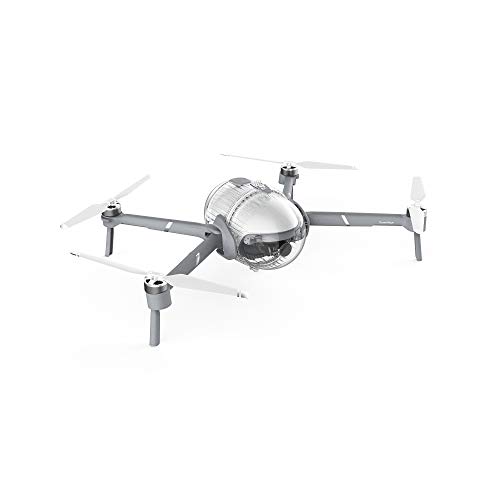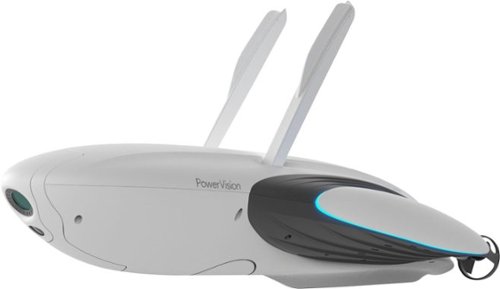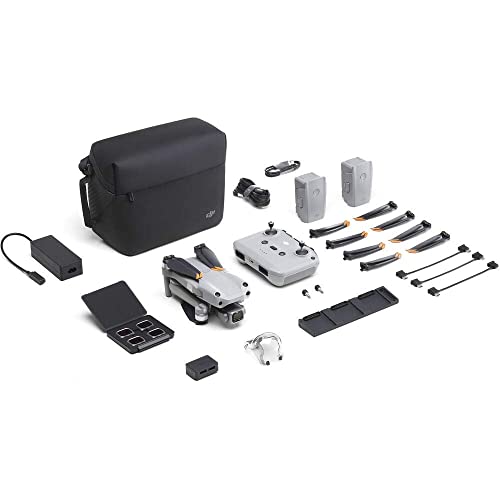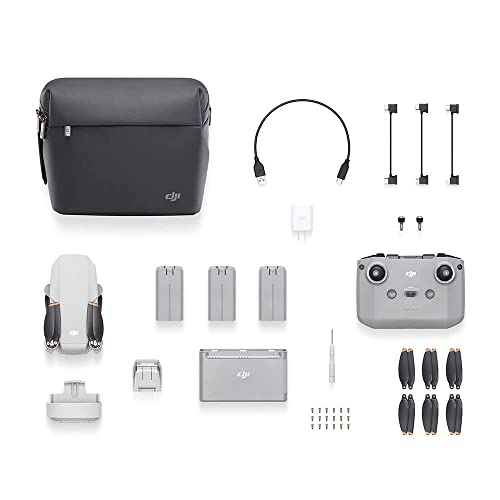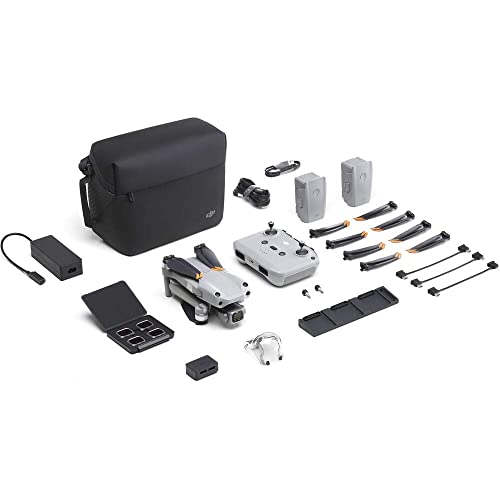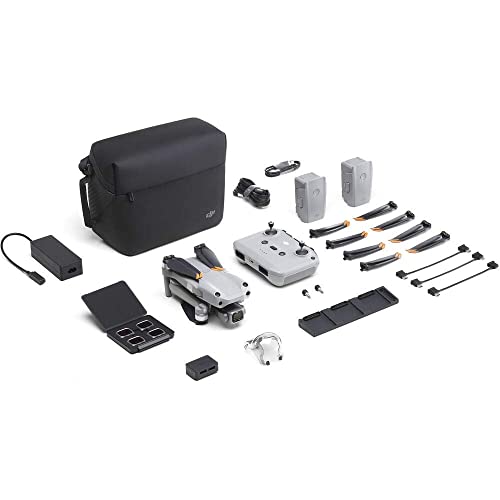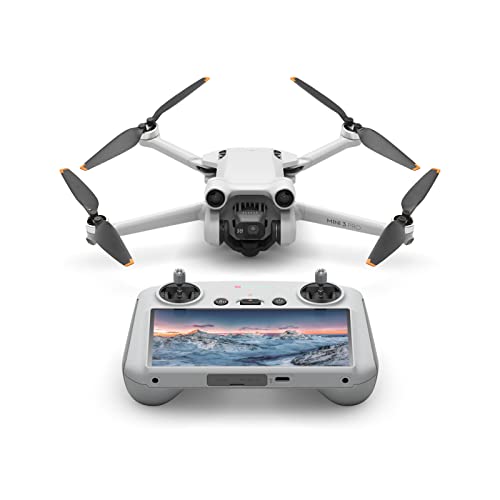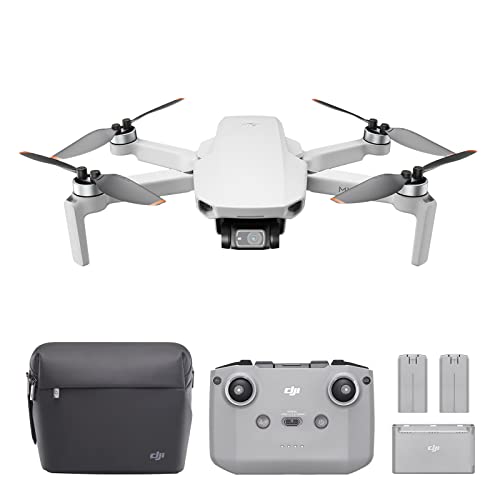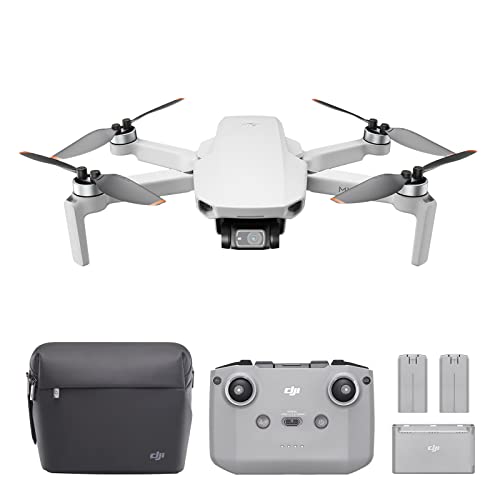Believe it or not, drones have been around since the 1930s. But it wasn’t until the early 2010s that sky sports began to take off. And finally, in 2015, the Drone Racing League (DRL) was founded.
KEY TAKEAWAYS:
- Over the past ten years, drone racing has popularized that many drone racing organizations now issue cash prizes and sponsorships.
- To get started as a drone racer, you need to understand the basics of drone maneuvering and the laws and regulations.
- Once the basics are down, Drone pilots need to buy a specific lightweight racing drone, FPV goggles, and a camera.
Some of the finest drones on the market are built for racing, and the sport continues to gain momentum. So if this seems like a way you’d want to spend your weekends, read on as we provide you with a guide on how to race drones.
If you’re looking to educate yourself on drone racing further, you can check out our resource on what drones are used in the DRL.
How to Fly a Racing Drone
Many different elements go into drone racing and showmanship, from knowing how to flip your drone to understanding how to trim your drone. But for beginners, we’ll give you a quick rundown on what you need to know to get started in drone racing.
Insider Tip
A great way to practice drone racing is through a virtual flight controller. You can purchase a video game for the PlayStation or Xbox that simulates different drone race tracks.
Finding the Right Drone
You’ll need a drone to race. An excellent way to start is by researching drone models, such as the Walkera Rodeo 110. Many skilled drone operators choose to go with a ready-made model (also called Ready-to-Fly, or RTF, drones). Still, it is good to anticipate making adjustments and modifications down the line, which is where DIY drones come in.
If you plan on becoming a serious drone racing pilot, creating your own can be a great experience. It also allows for more customization in the long run. And the consensus suggests that the best drones are built or, at the very least, heavily modified.
And for complete novices, starting with a beginner quadcopter to get the hang of things would be best. Toy drones allow you to make mistakes and even damage the drone bodies without worrying about breaking the bank.
FPV Camera and Goggles
Because many racetracks have parts that go out of site, any skilled pilot will recommend a quality pair of FPV goggles (FPV stands for first-person view). These allow you to look and see in real-time what the drone sees. Cheaper sets of FPV equipment can cost around $100, but more expensive types cost upwards of $1,000.
Research Laws and Regulations
One of the most important aspects to consider before you race is checking the local laws before getting in the air. There are many great apps that are FAA approved and explain drone racing laws and map out where you can safely fly your drone. You also can call your local city hall and check.
Warning
The laws around drone racing are still being formed. So keep a constant eye on the FAA requirements for drones and drone racing leagues.
F.A.Q.S
What speed do these drone races reach?
Many top-speed drone races are 100-120 mph. But the world record drone speed is 179 mph.
What are the typical courses and obstacles?
Many drone race tracks are similar to car race tracks. But some have obstacles like ladders, gates, or barriers.
How do you get into FPV drone racing?
You can check the Drone Racing League (DRL) website for formal competitions. Or, if you have the space, you can set up a track yourself.
STAT: A racing drone typically weighs less than 250g and can reach up to 60 miles per hour in a few seconds. (source)

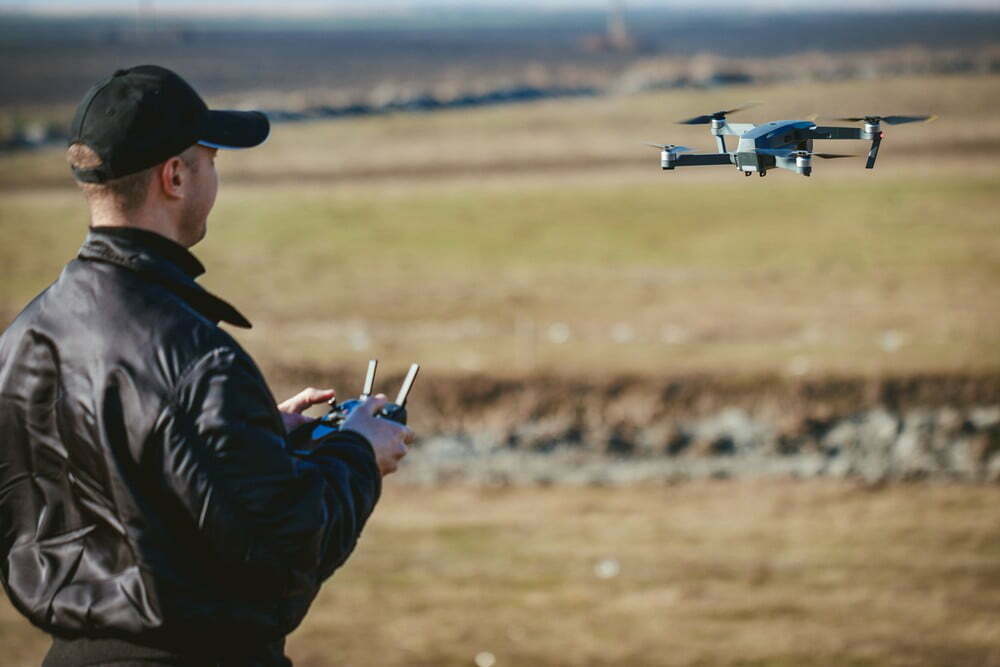












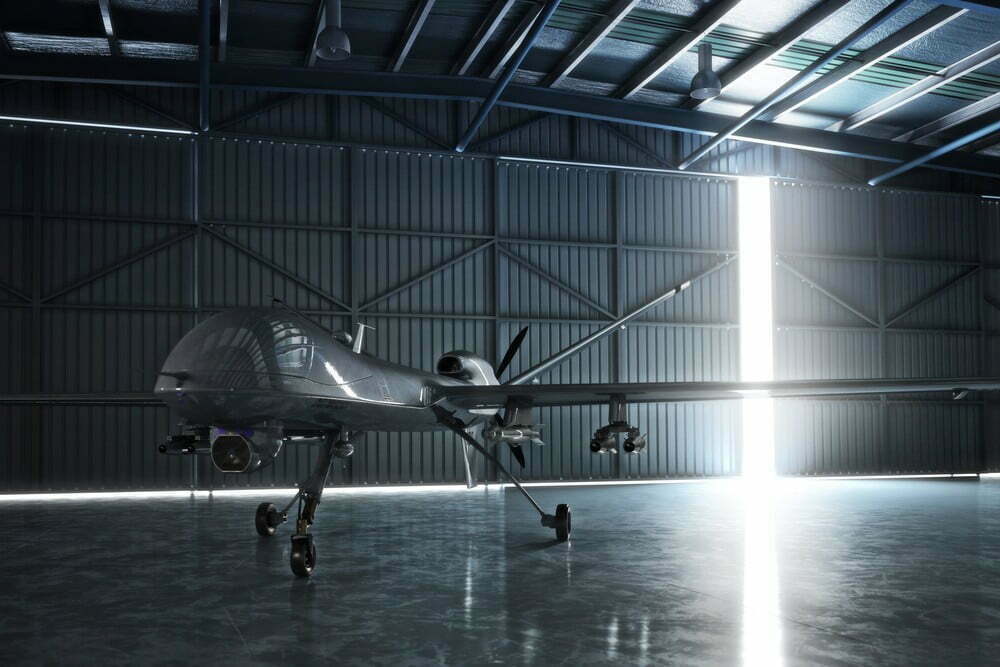
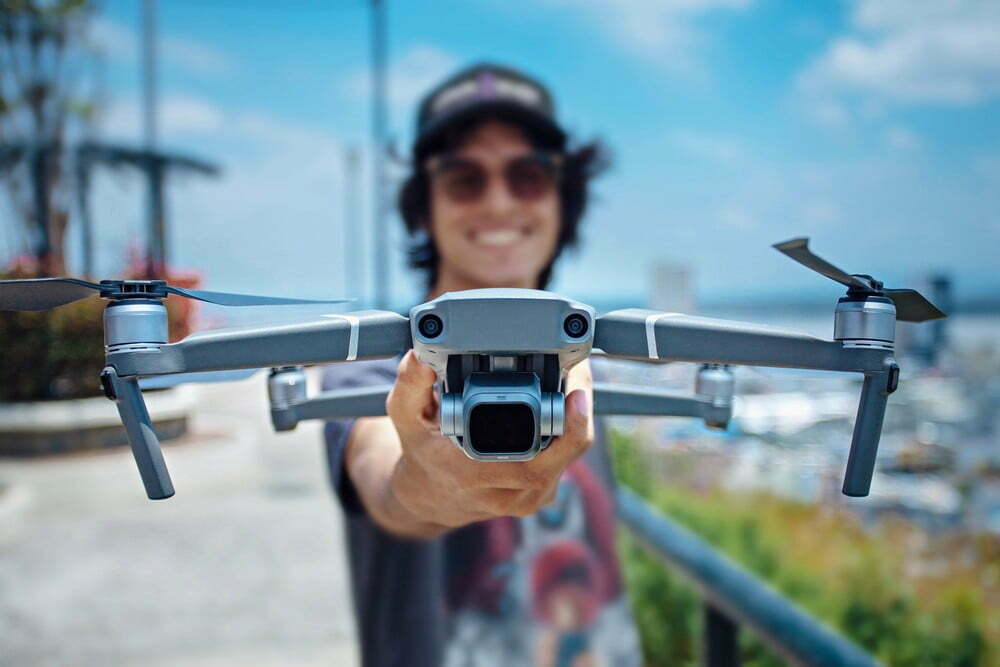
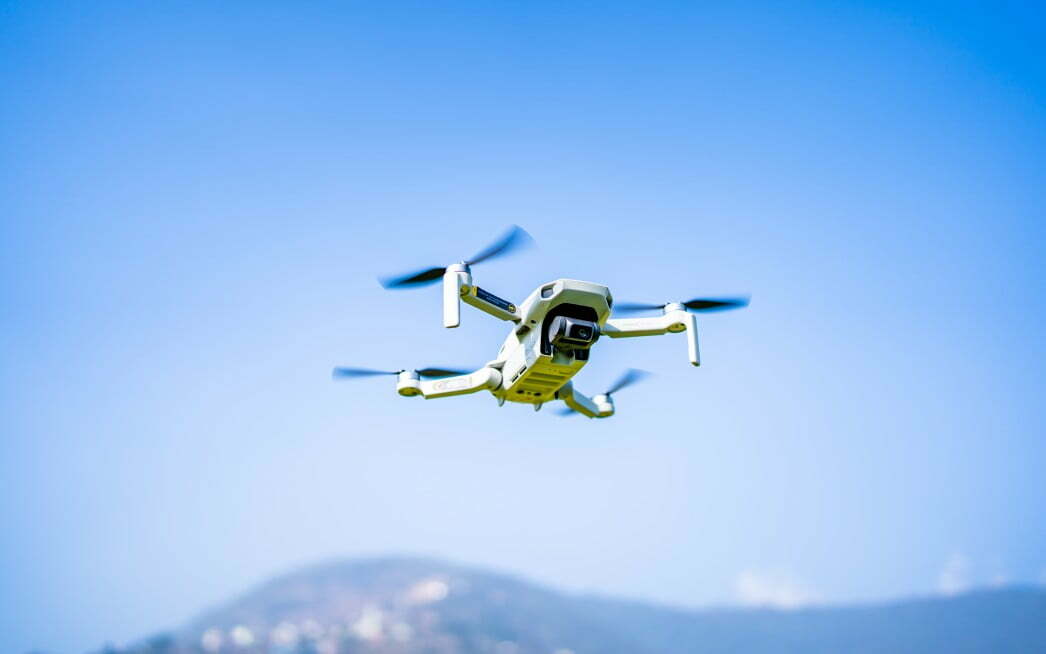
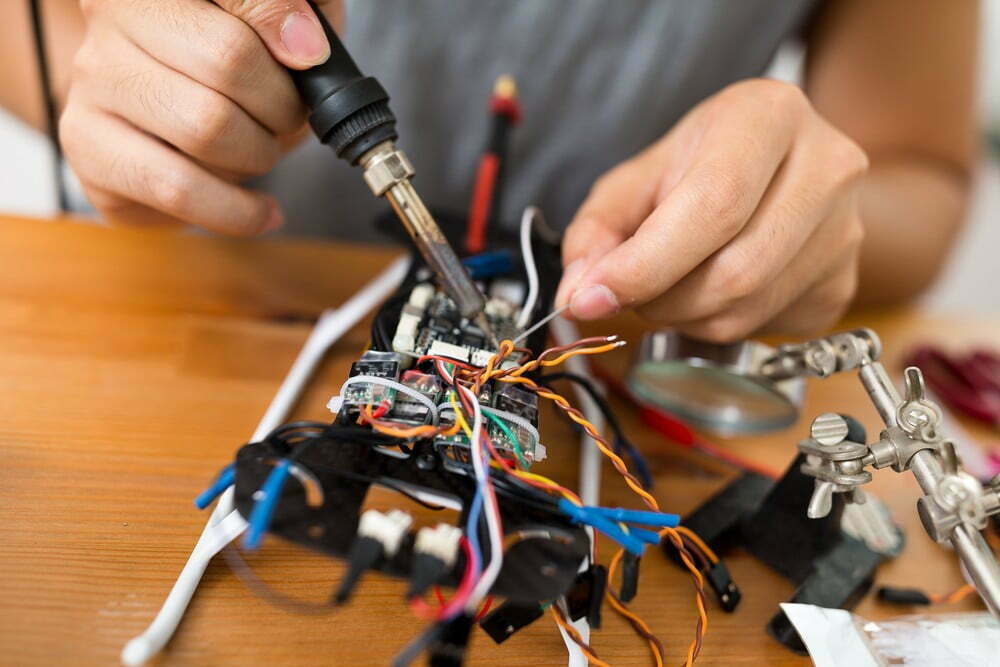
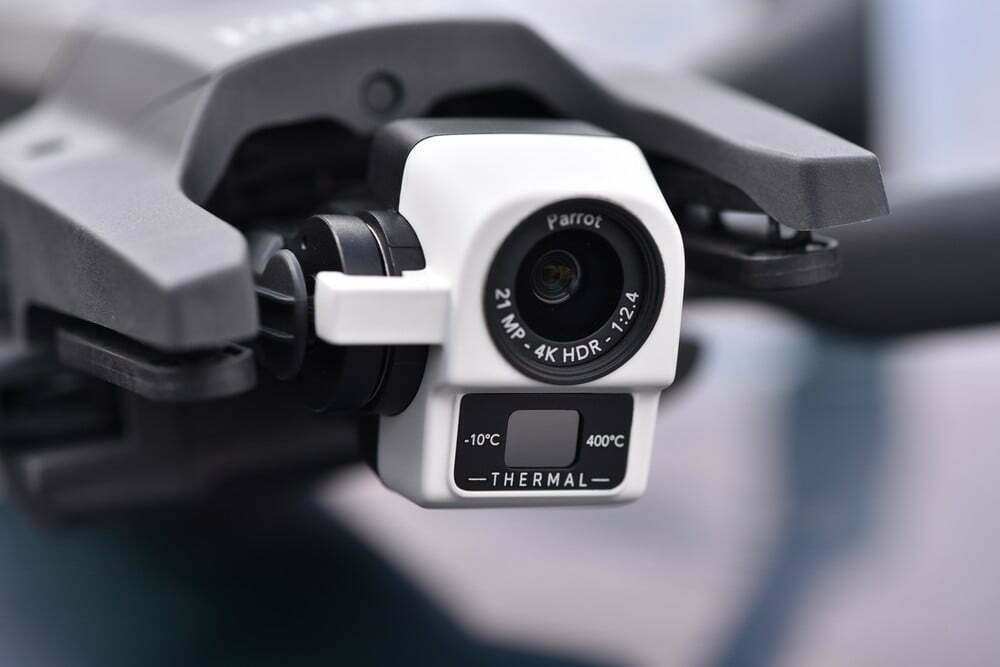
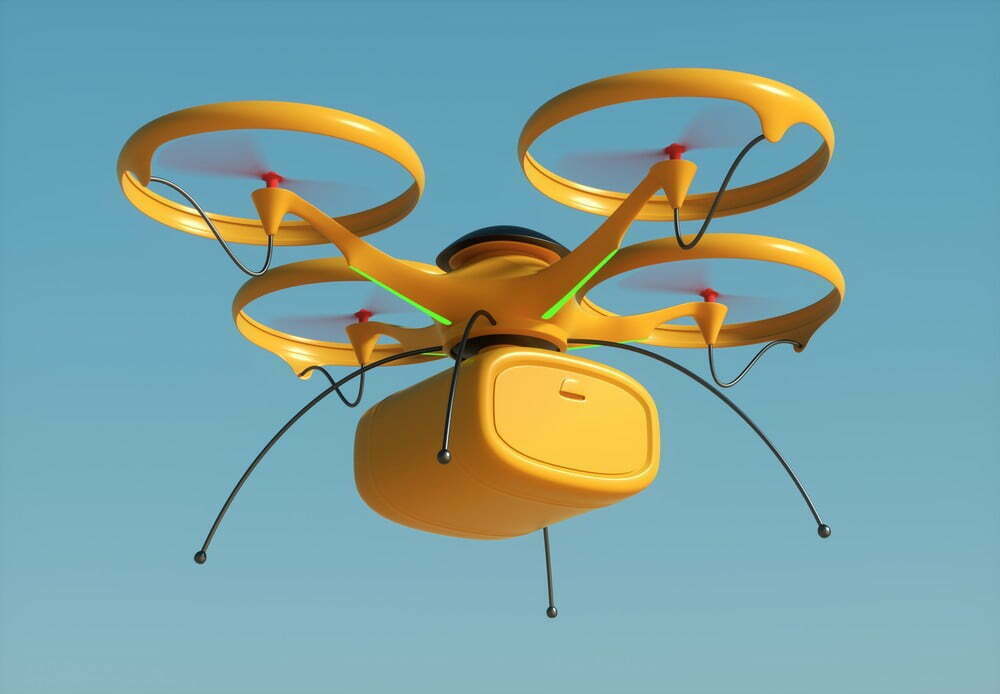
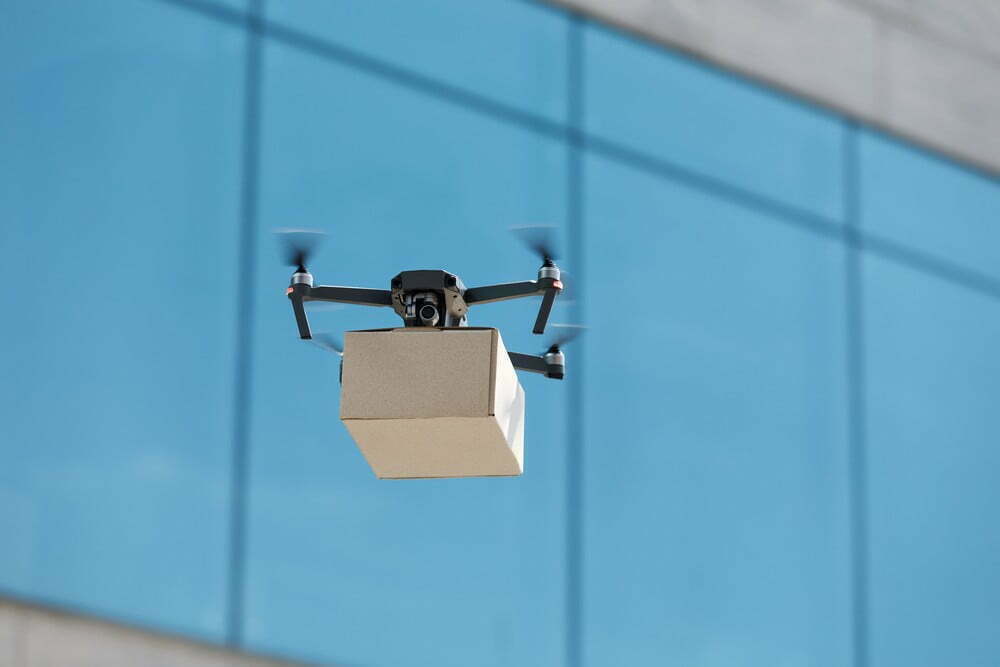
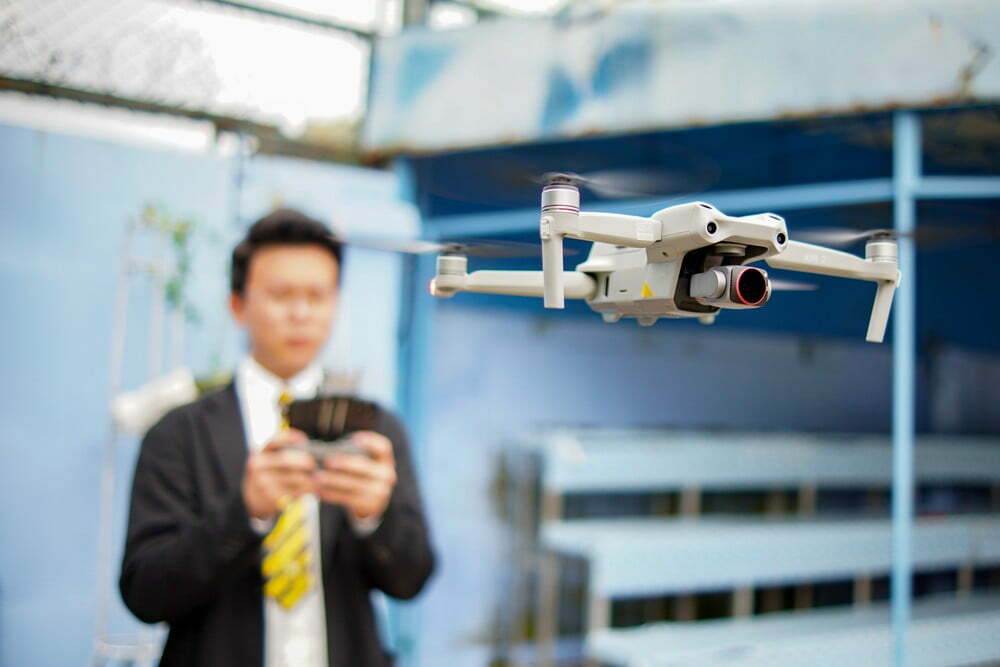
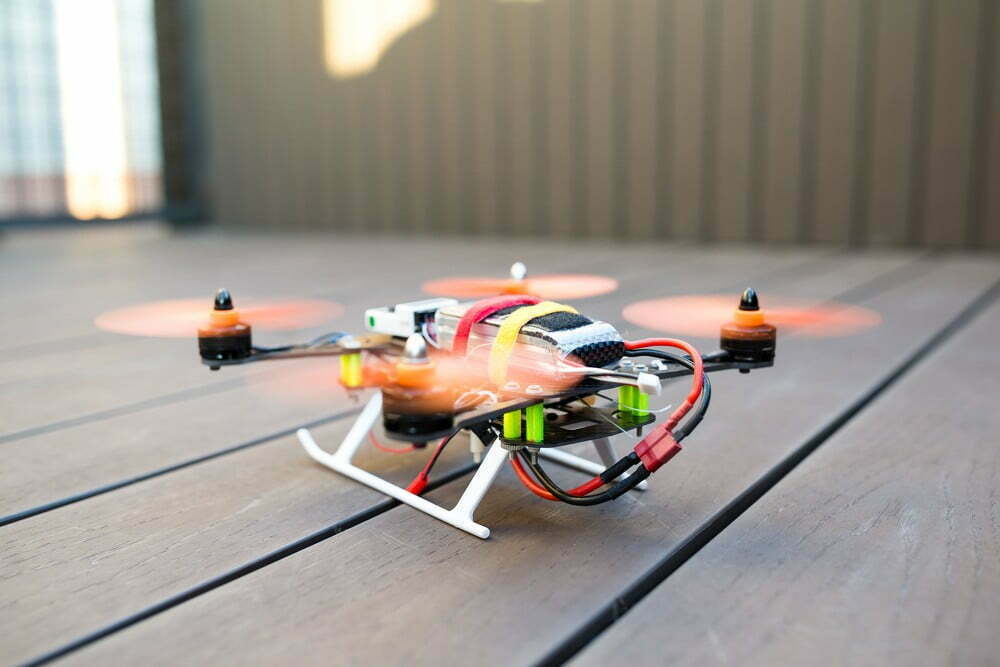
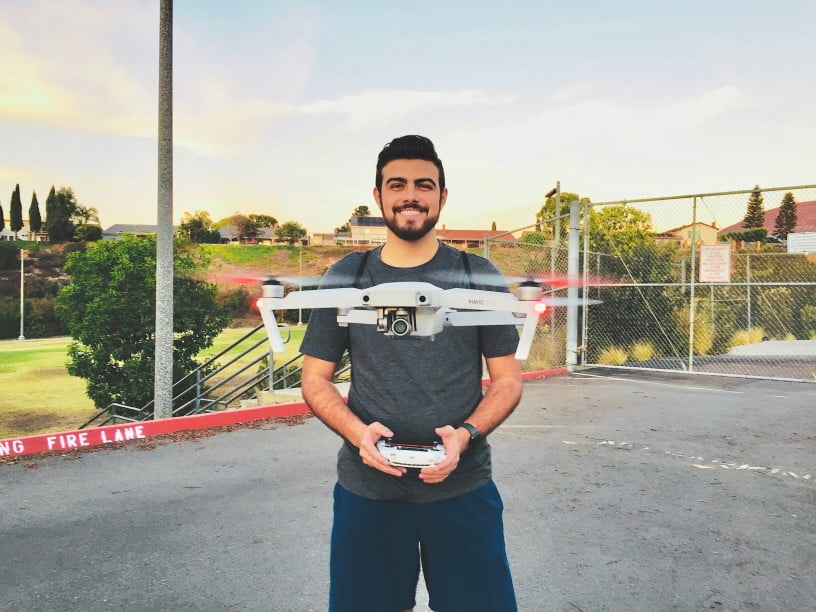
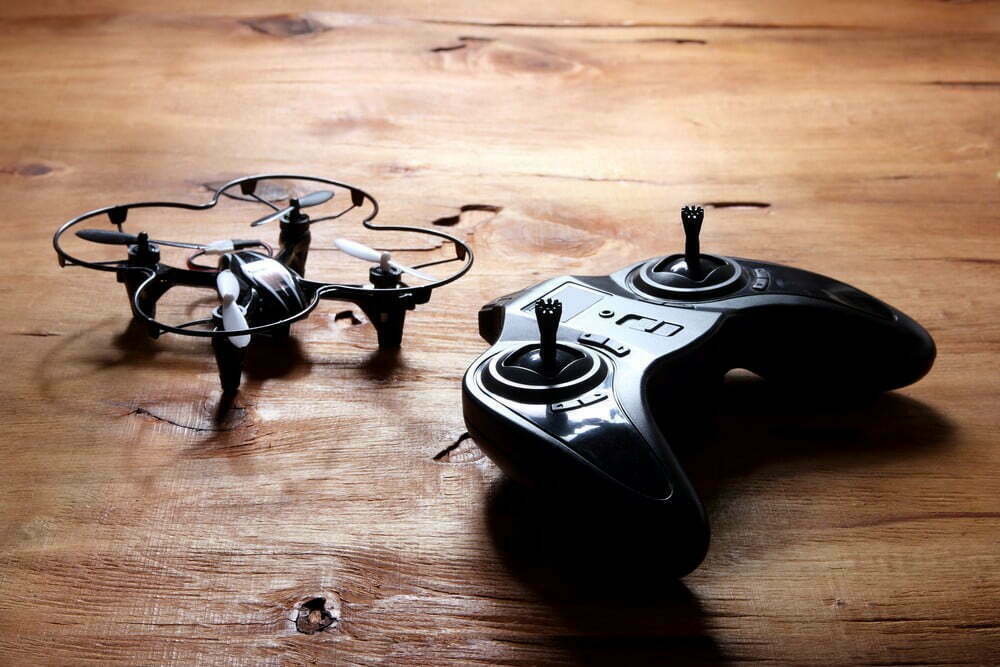
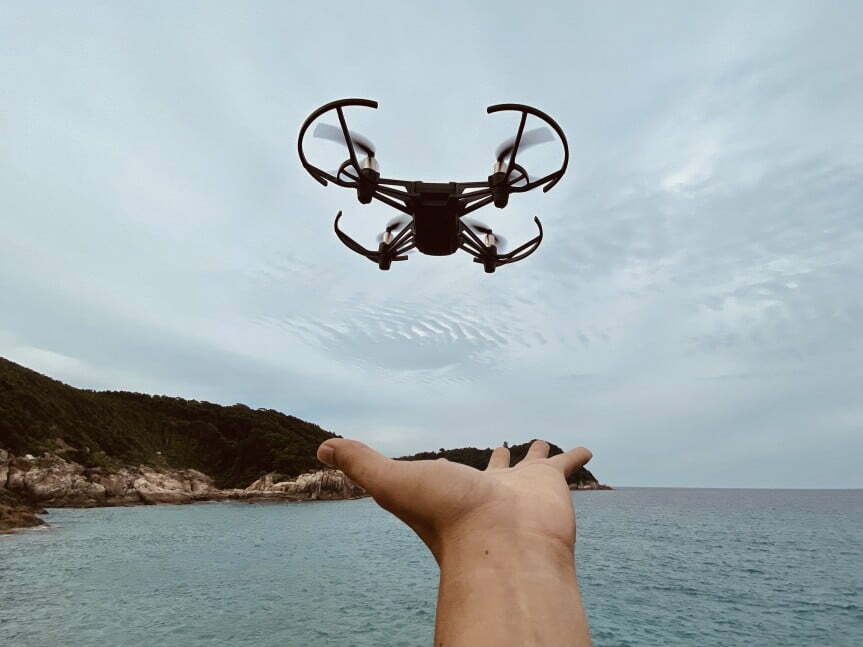
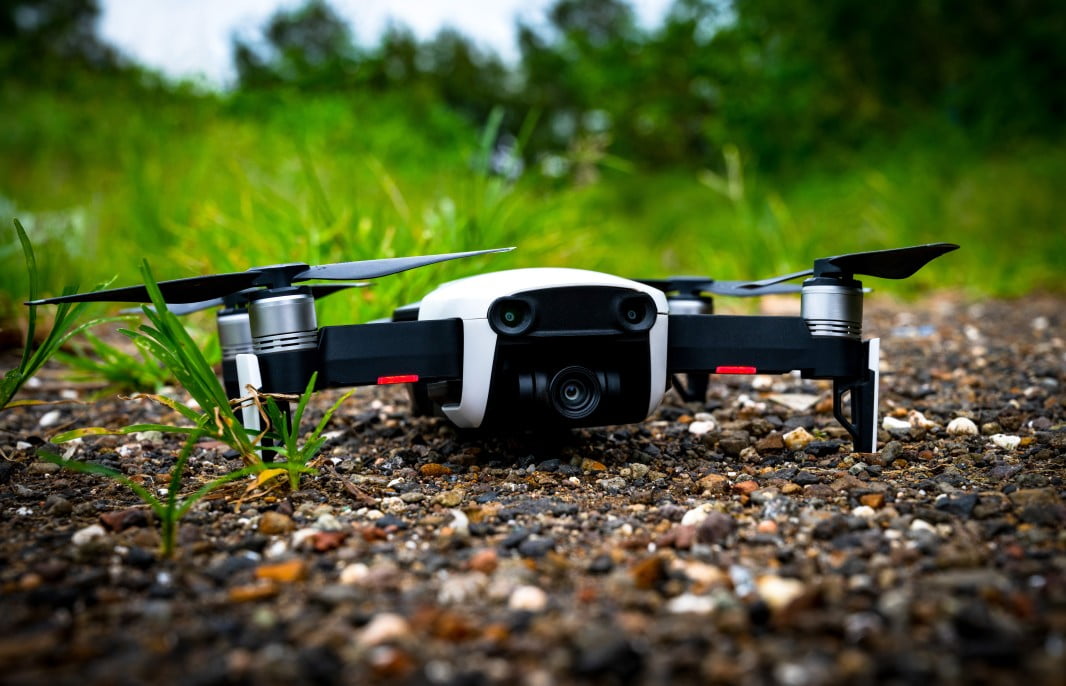
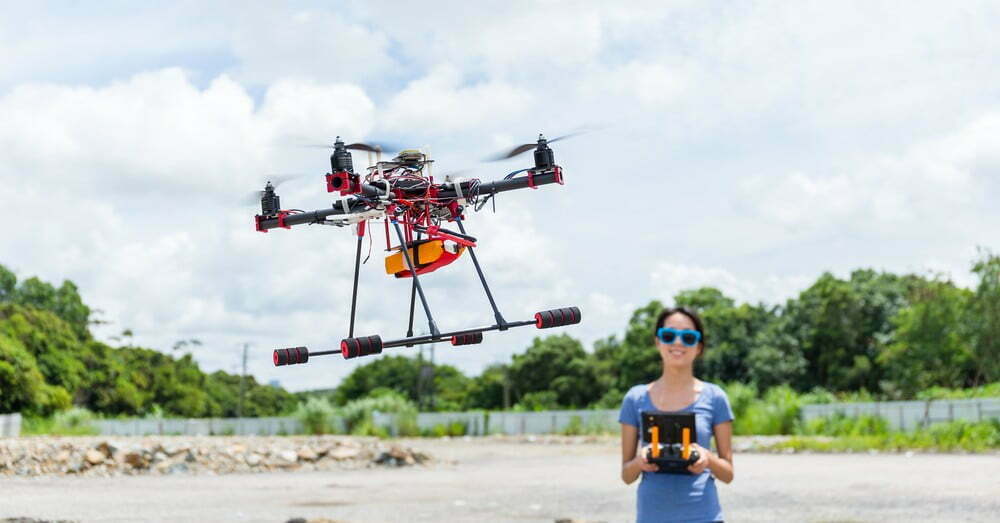
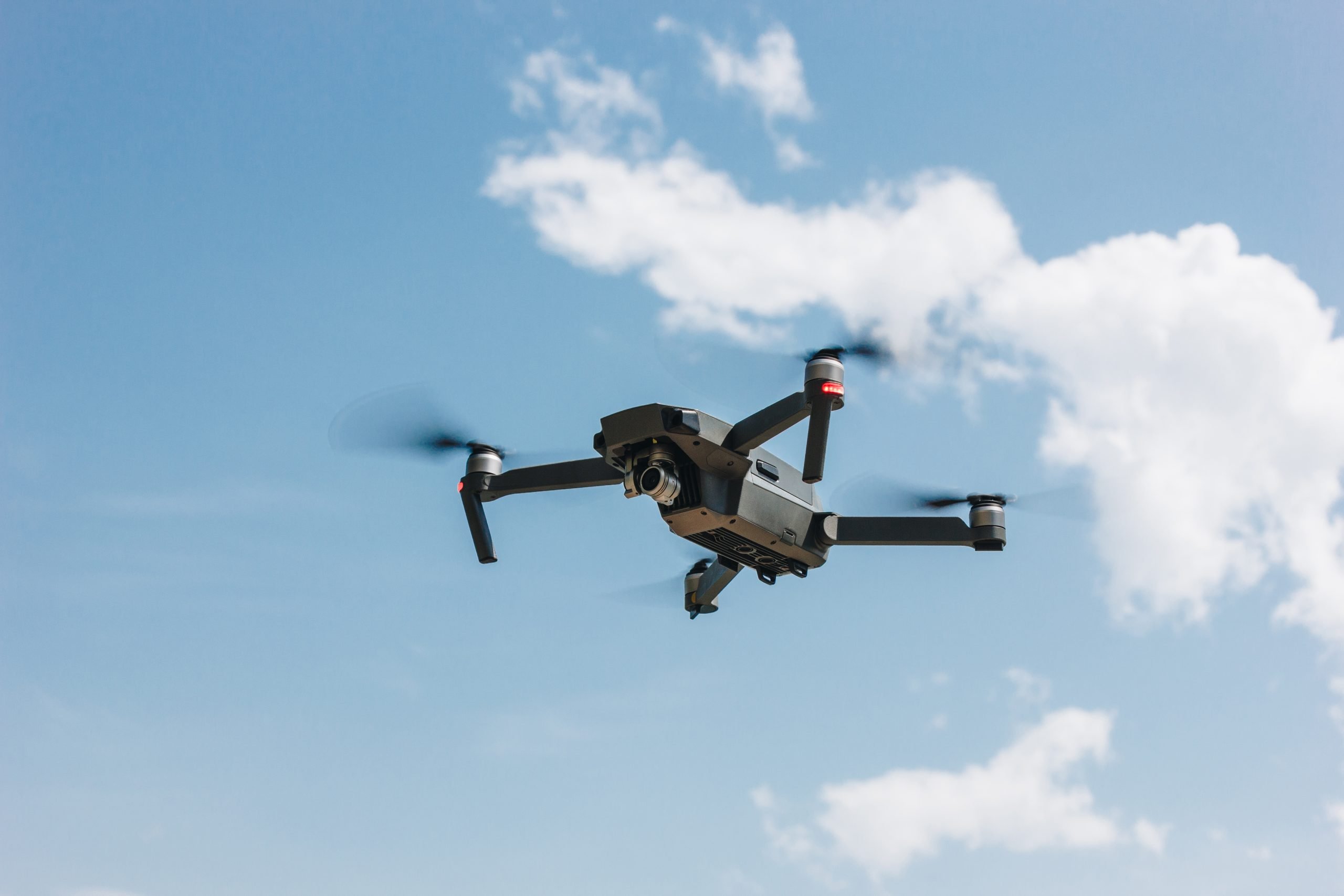
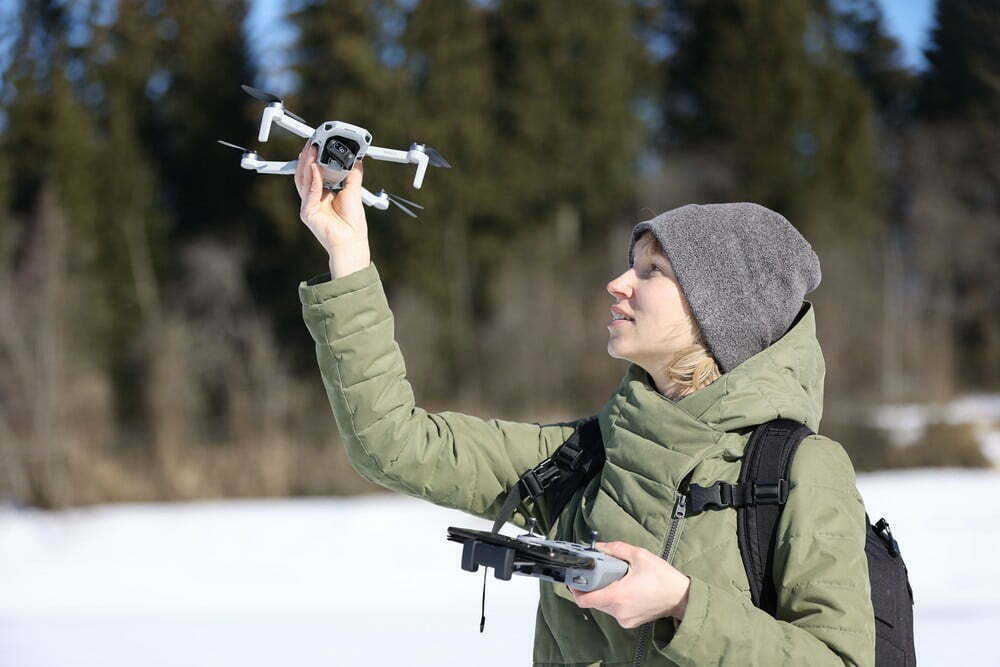
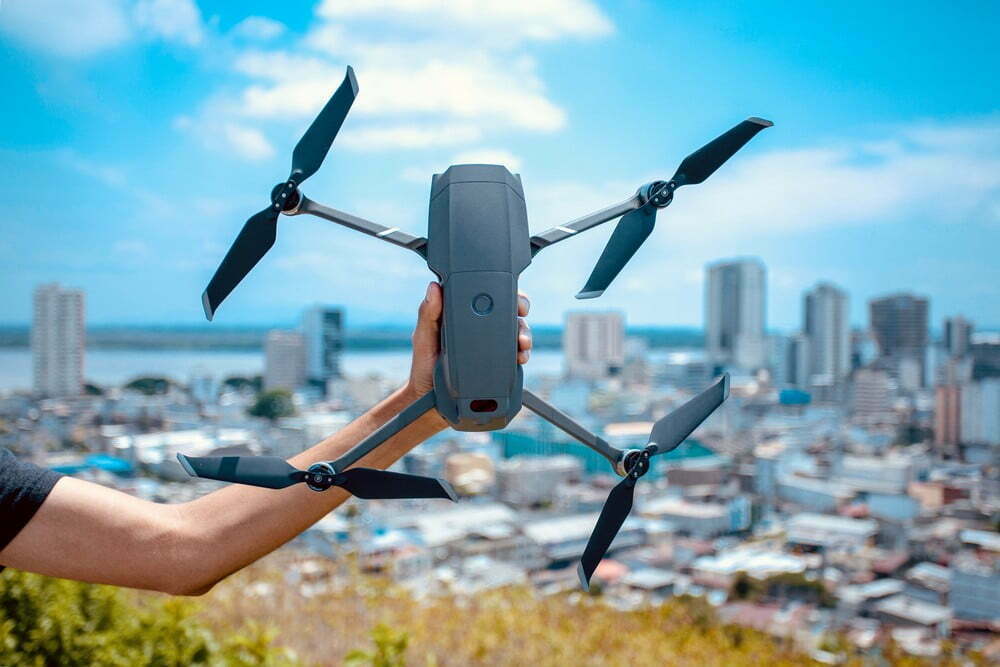
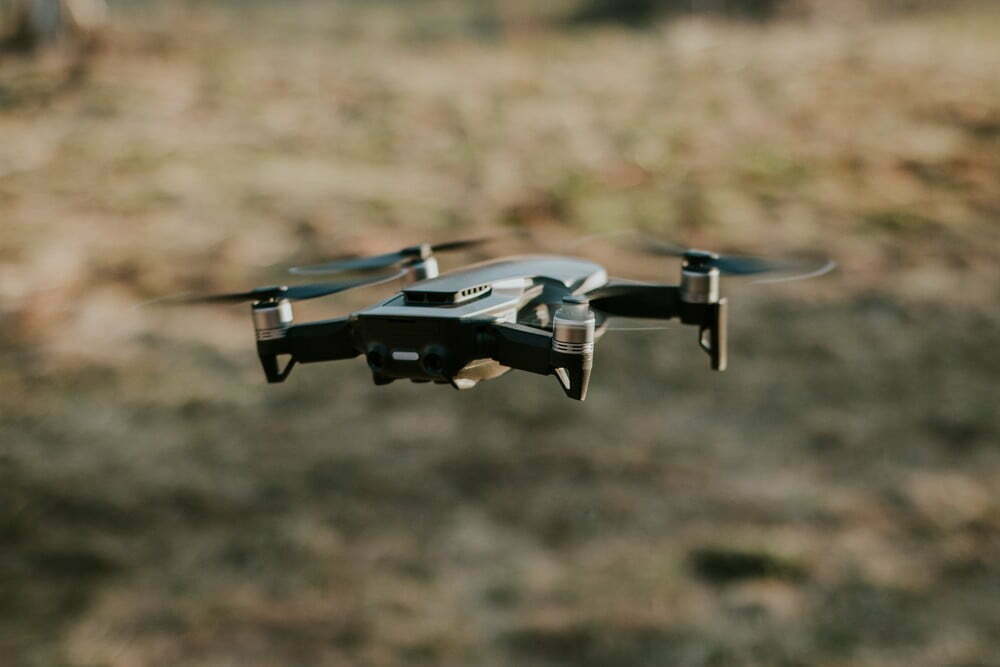
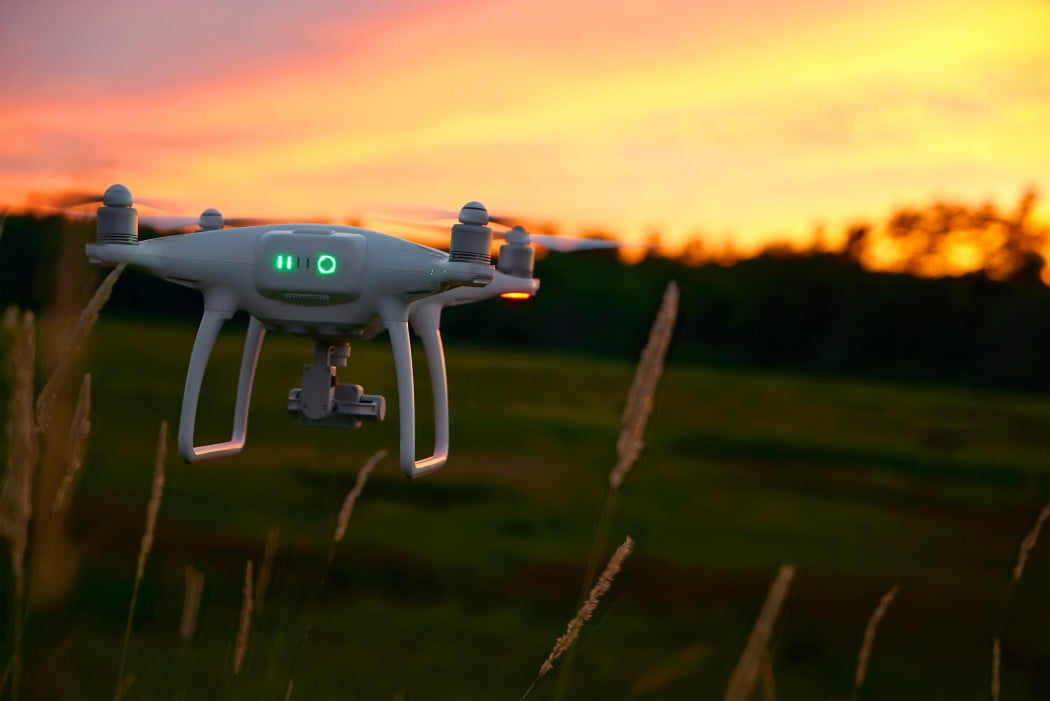
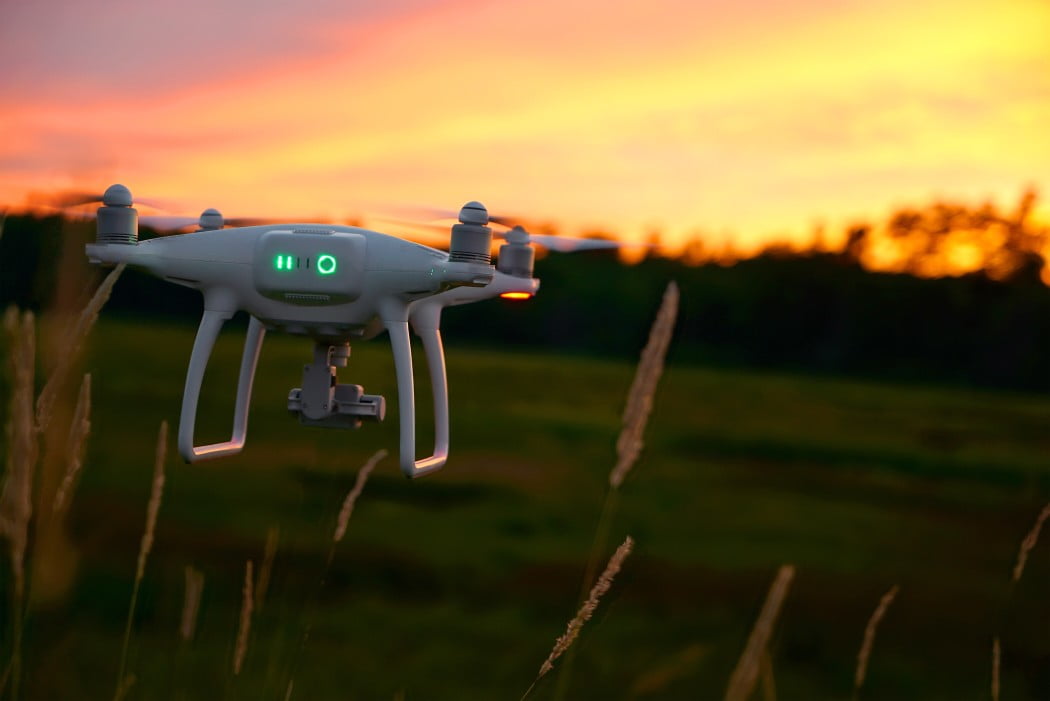
![Best Drones Under the Cost of Ferrari in [year] 26 Best Drones Under the Cost of Ferrari in 2025](https://www.gadgetreview.dev/wp-content/uploads/image-test-3.jpg)
![10 Best VR Drones in [year] 27 10 Best VR Drones in 2025](https://www.gadgetreview.dev/wp-content/uploads/Best-VR-Drone.jpg)
![10 Best Drones for Beginners in [year] 28 10 Best Drones for Beginners in 2025](https://www.gadgetreview.dev/wp-content/uploads/Best-Drones-for-Beginners.png)
![10 Best Indoor Drones in [year] 29 10 Best Indoor Drones in 2025](https://www.gadgetreview.dev/wp-content/uploads/Best-Indoor-Drone.jpeg)
![10 Best FPV Racing Drones in [year] 30 10 Best FPV Racing Drones in 2025](https://www.gadgetreview.dev/wp-content/uploads/Best-FPV-Racing-Drone-scaled-1.jpg)
![10 Best Selfie Drones in [year] 31 10 Best Selfie Drones in 2025](https://www.gadgetreview.dev/wp-content/uploads/Best-Selfie-Drones.jpg)
![10 Best Drones for GoPro in [year] 32 10 Best Drones for GoPro in 2025](https://www.gadgetreview.dev/wp-content/uploads/Best-Drone-for-GoPro-scaled-1.jpg)
![10 Best Drones for Kids in [year] 33 10 Best Drones for Kids in 2025](https://www.gadgetreview.dev/wp-content/uploads/Best-Drone-for-Kids-scaled-1.jpg)
![10 Best Professional Drones in [year] 34 10 Best Professional Drones in 2025](https://www.gadgetreview.dev/wp-content/uploads/Best-Professional-Drone.jpg)
![10 Best Fixed Wing Drones in [year] 35 10 Best Fixed Wing Drones in 2025](https://www.gadgetreview.dev/wp-content/uploads/Best-Fixed-Wing-Drone.jpg)
![10 Best Follow Me Drones in [year] 36 10 Best Follow Me Drones in 2025](https://www.gadgetreview.dev/wp-content/uploads/Best-Follow-Me-Drone.jpg)
![10 Best Foldable Drones in [year] 37 10 Best Foldable Drones in 2025](https://www.gadgetreview.dev/wp-content/uploads/best-foldable-drones.jpg)
![10 Best Drones for Travelling in [year] 38 10 Best Drones for Travelling in 2025](https://www.gadgetreview.dev/wp-content/uploads/best-drones-for-travelling.jpg)
